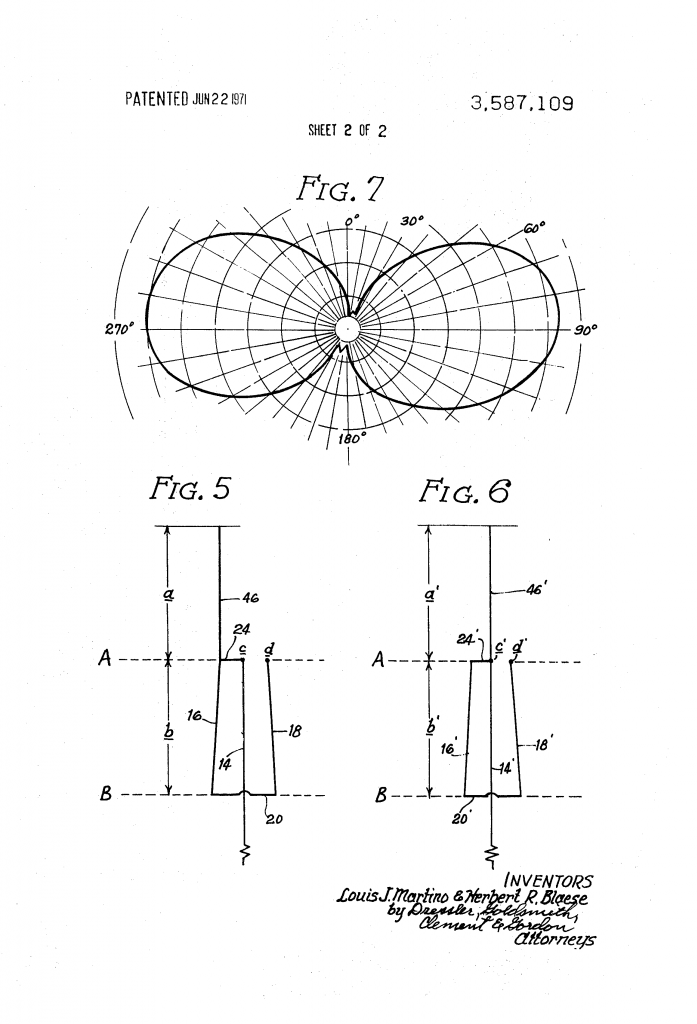First things first, I want to say hi HomerBB. It is good to see you posting again...
Interesting thread. I have never directly played with an astroplane, so am taking the sidelines for the astroplane discussion. That being said something has come up that I feel should be addressed.
Eznec is a powerful product and now most on this forum have been lead to believe that Eznec is not worthy to use. If does have limitations, but it also requires a serious effort if one really wants to get some real accuracy. That said however, Eznec is a pretest tool that can produce as intended, but field testing is always recommended.
Working with this tool requires more than a casual approach if accuracy is the goal. Roy Lewallen simply programed the user interface for the NEC engine...likely no small task, and his goal was to make the use of this NEC engine easy and intuitive for the user.
I disagree that most on the forum have been lead to believe that EZNEC, or any version of NEC for that matter, are not worthy of use. I agree that they are useful tools, however, to say that there has been an effort to say they are not worth anything is clearly false. What has been claimed, and put forth, is that there are times that the NEC engines, in all of its forms, are unable to show what happens in reality. This is a true statement, and can be demonstrated as a fact in any number of areas and ways.
If you build a model in NEC, then build the antenna and it works very differently to what NEC predicts, do you believe NEC or what happens in the real world? That is where people that are arguing against you are coming from, you are choosing to believe a simulation software over what multiple people are actually experiencing in the real world.
In the case of this thread, you are seeing from your models what people are experiencing in the real world, so your models here are valid. In the case you are indirectly referring to above, you have your models, and you have very different real world results from multiple people that before said discussion, who when it began didn't know each other, and even now only know each other through discussions on this forum. There are also reports from others on this and other forums that agree with the real world results they are claiming.
So it comes down to is the models correct, or is what happens in the real world correct? There is only one correct answer to that question.
Sometimes a tool, no matter how good or powerful of a tool it is, it simply the wrong tool for the job.
The DB
